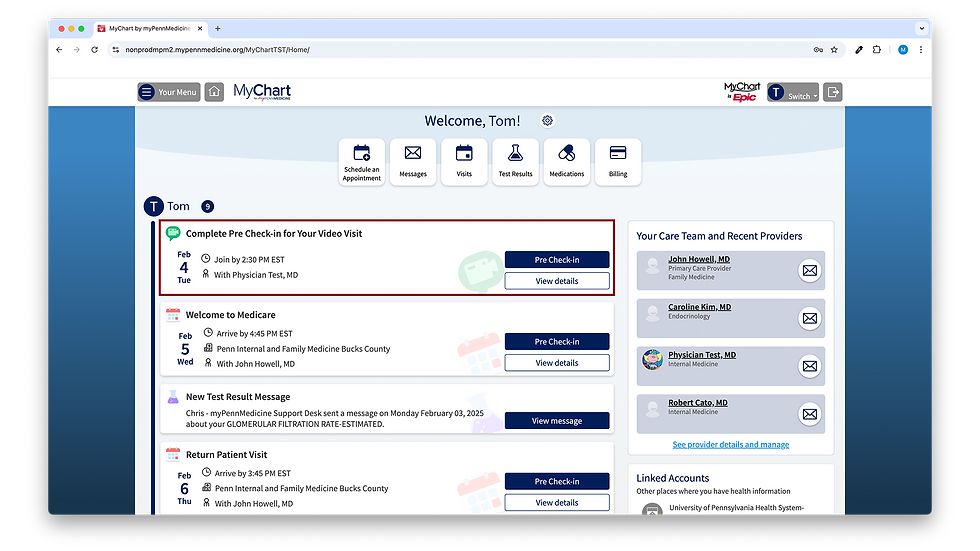UXin’/ UI ain’t just aesthetics…a tiny lesson about usability
- Kat Usop

- Aug 24
- 2 min read
A key misconception is that a user-friendly interface is just about aesthetics. The reality is that effective human-machine interaction is a complex discipline that goes far beyond just a visually pleasing design. It encompasses a deep understanding of human psychology, behavior, and cognitive processes.
1. Misconception: HCI is Just UI Design 🎨
Many people mistakenly believe that Human-Computer Interaction (HCI) is synonymous with User Interface (UI) design. While UI design—the visual layout and interactive elements—is a critical part of HCI, it's just one piece of the puzzle.
Reality: HCI is a broad, interdisciplinary field that includes computer science, psychology, sociology, and anthropology. It focuses on the entire user experience (UX), from the initial thought of a user's need to how they feel after completing a task. This includes usability, accessibility, and the overall emotional and cognitive experience of interacting with a system.
2. Misconception: Users Think Like Designers 🧠
Designers and developers often assume that users will interact with a system in the same logical, linear way that they do. This leads to interfaces that are intuitive for the creator but confusing for the average person.
Reality: Users bring diverse mental models, backgrounds, and expectations to any interaction. They don't have the same technical knowledge as the creators, and they often form their own "folk" theories about how a system works. Effective design requires empathy and user research to understand real-world behaviors and thought processes, not just what's technically possible.
3. Misconception: "Three Clicks or They'll Bail" Myth 🖱️
A persistent myth in web design is the "three-click rule," which states that a user should be able to find any information on a website in three clicks or less, or they'll leave.
Reality: Research has shown this is largely a myth. Users are willing to click more than three times if they feel like they are making progress toward their goal and the path is clear. What matters isn't the number of clicks, but the user's cognitive load—how much mental effort is required. A few well-labeled, simple clicks are better than one complex, confusing click that requires a lot of thinking.
4. Misconception: Usability is a Feature You Add Later ✅
Some projects treat usability as a final polish to be applied before a product's launch, rather than a fundamental part of the design process.
Reality: Usability and user experience must be integrated into the entire product lifecycle, from initial concept to a finished product. Addressing usability issues early through iterative design and usability testing is far more efficient and cost-effective than trying to fix a poorly designed system after it has been built. A system's core architecture and functionality are often built around its intended use, and it's difficult to change these fundamental aspects later on.


Comments